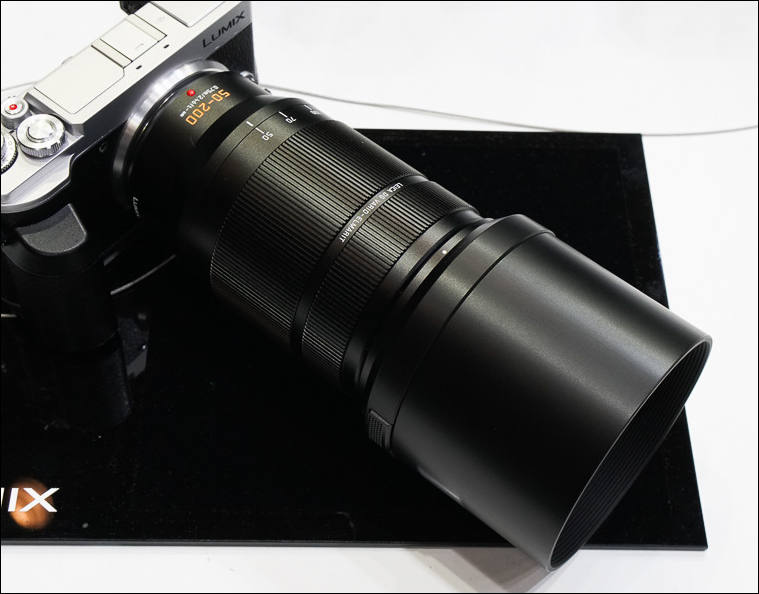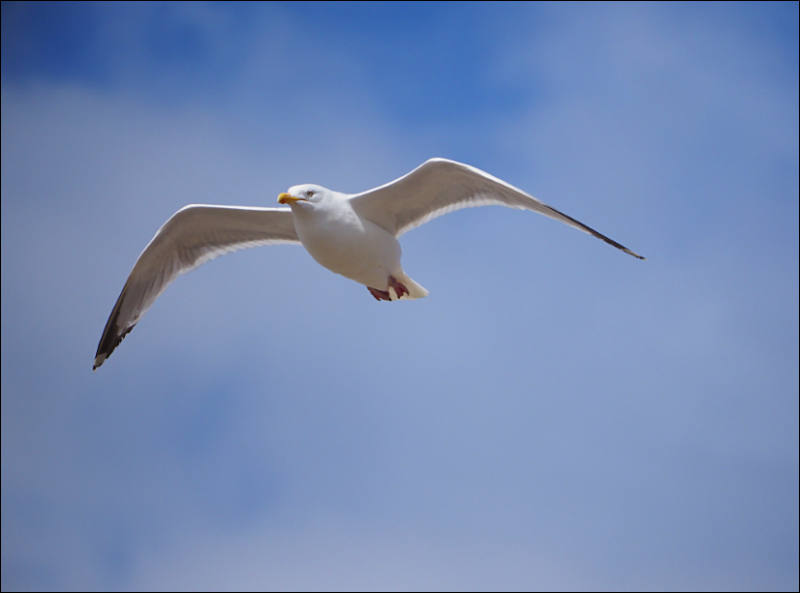
It allows to keep PV going, with more focus towards AI, but keeping be one of the few truly independent places.
-
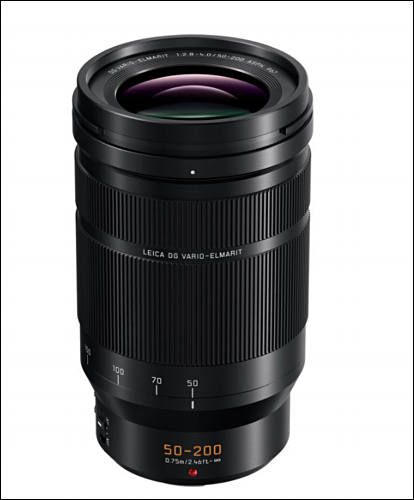
Specifications
- 21 lenses in 15 groups (2 aspherical, 2 UED, 2 ED elements)
- F22 Min Aperture
- Nano Surface Coating
- 0,75m Minimum Focusing Distance
- Made for 4K movie shooting
- Compatible with 1.4x teleconverter
- Linear Focusing Motor
- 67 mm filters
- φ 76 mm × 132 mm
- 655 g
- Weather Sealed
- Preorders for $1699
- Widely available in May 24, 2018
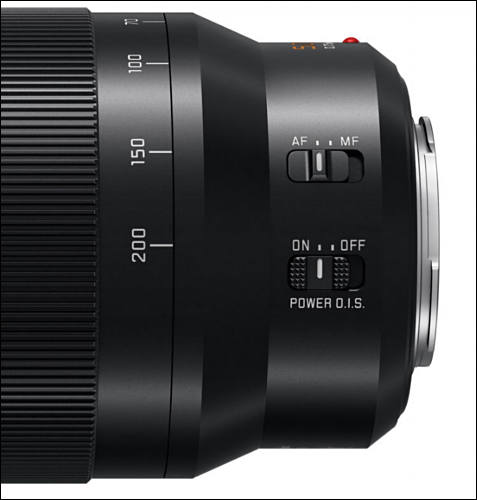

 sa1968.jpg414 x 500 - 23K
sa1968.jpg414 x 500 - 23K
 sa1969.jpg477 x 500 - 25K
sa1969.jpg477 x 500 - 25K -
Another mention
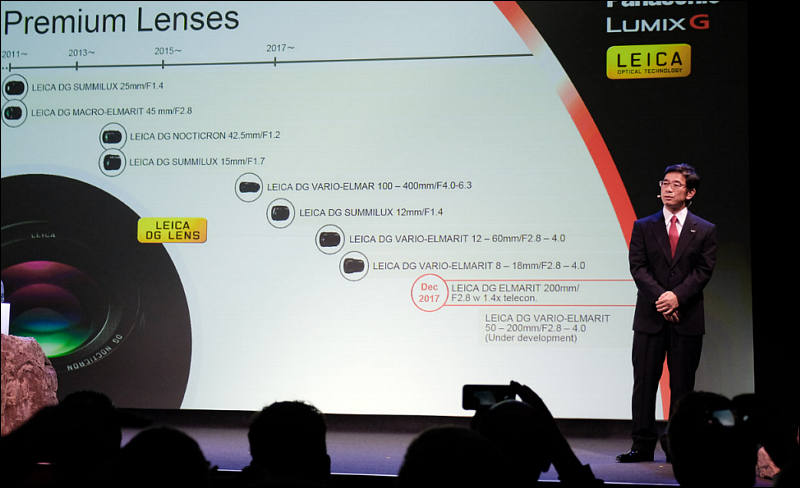
Hope to see something working at next Photokina.

 sa508.jpg800 x 488 - 49K
sa508.jpg800 x 488 - 49K -
Thanks for the update! Have been waiting for this lens to replace my aging 45-200mm F4-5.6.
-
For Premium pocket$.
-
Next mention, Japanese presentation. Release must be very soon.
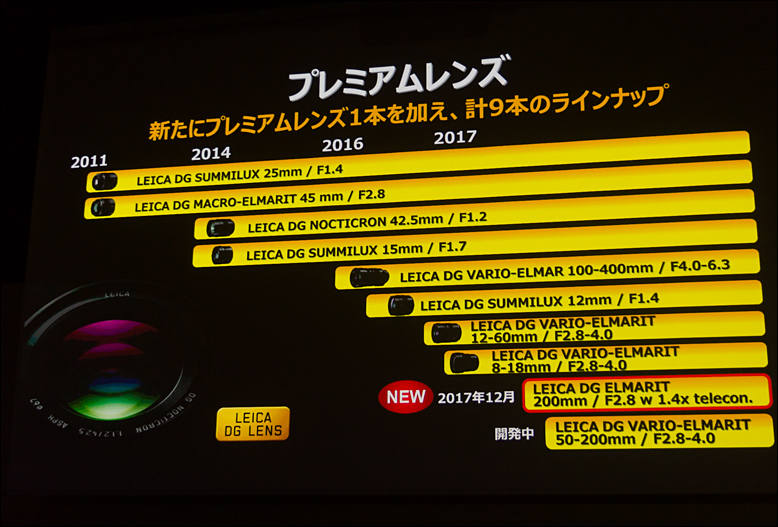

 sa592.jpg778 x 527 - 83K
sa592.jpg778 x 527 - 83K -
Long wait soon comes to an end, announcement very soon.
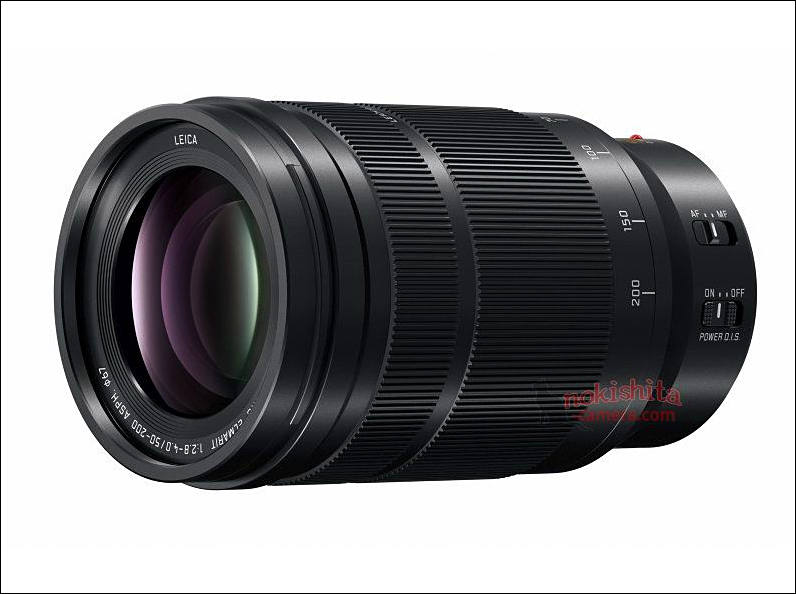
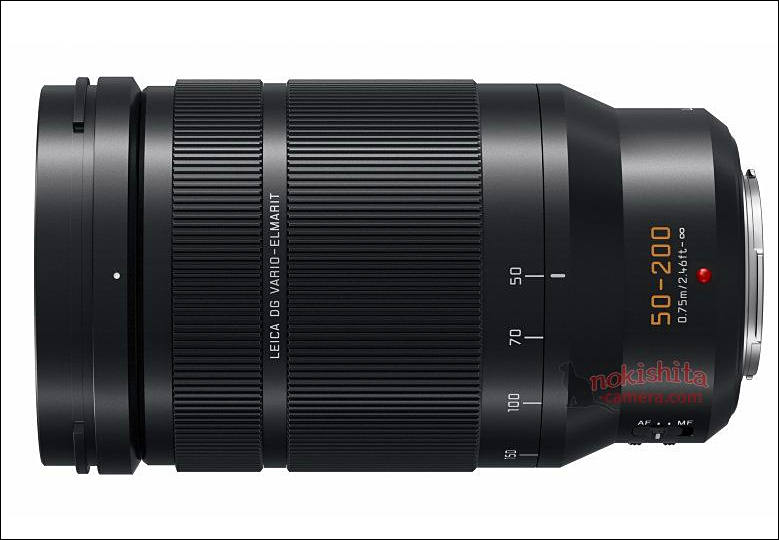

 sa1915.jpg796 x 594 - 55K
sa1915.jpg796 x 594 - 55K
 sa1916.jpg779 x 540 - 51K
sa1916.jpg779 x 540 - 51K -
Specs updated.
-
Newark, NJ (February 26, 2018) Panasonic introduces a new telephoto zoom digital interchangeable lens, the compact LEICA DG VARIO-ELMARIT 50-200mm / F2.8-4.0 ASPH. (35 mm camera equivalent: 100-400 mm), the third lens to be introduced from its LEICA DG VARIO-ELMARIT F2.8-4.0 Series. And like all lenses in the series, includes Panasonic’s Nano Surface Coating technology to minimize ghosts and flaring, plus a rugged, dust/splash-proof design that is freeze-proof to -10℃.
The LEICA DG VARIO-ELMARIT 50-200mm / F2.8-4.0 ASPH. has a zoom range of 100mm to super telephoto 400 mm (35mm camera equivalent) to cover shooting situations from wildlife and indoor sports to portraits. The POWER O.I.S. (Optical Image Stabilizer) effectively compensates for hand-shake movement to shoot even without a tripod. The lens works with Dual I.S.1 (Image Stabilizer) and Dual.I.S.22 when mounted on compliant Panasonic LUMIX DSLM (Digital Single Lens Mirrorless) cameras.
Comprising 21 elements in 15 groups, the lens system features two UED (Ultra Extra-low Dispersion) lenses, two ED (Extra-low Dispersion) lenses and two aspherical lenses. The sensor drive at max. 240 fps takes full advantage of cameras with high-speed, high-precision Contrast AF for exceptional video recording performance, and an inner focus drive system ensures smooth, silent operation. A micro-step drive system in the aperture control helps the camera smoothly catch up to brightness changes when zooming or panning. The optical design provides exceptional barycentric stability to minimize image shifts during zooming.
By attaching a filter (67mm) such as ND or PL, the lens provides a wider range of expression in photos and video. A 1.4x Teleconverter DMW-TC143 extends focusing distance to 560mm (35mm camera equivalent) and the 2.0x Teleconverter DMW-TC203 to 800mm (35mm camera equivalent) for more close-up shots.
The LEICA DG VARIO-ELMARIT 50-200mm will be available in stores at the end of June 2018. Suggested retail price is $1699.99 Available in sharp, metallic black.
-
MTF Chart
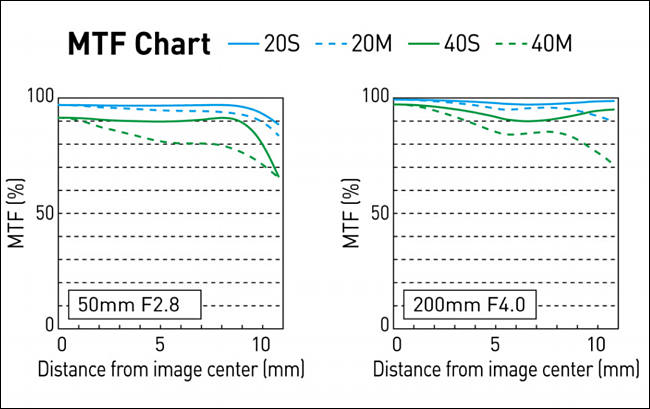
Construction
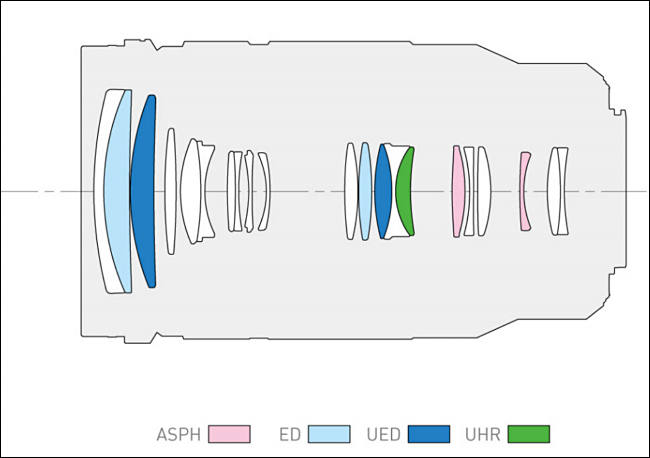

 sa1970.jpg650 x 409 - 44K
sa1970.jpg650 x 409 - 44K
 sa1971.jpg650 x 458 - 30K
sa1971.jpg650 x 458 - 30K -
UK PR
Today, Panasonic introduced a new telephoto zoom digital interchangeable lens, the LEICA DG VARIO-ELMARIT 50-200mm / F2.8-4.0 ASPH. (35 mm camera equivalent: 100-400 mm). This is the third lens to be introduced as part of the LEICA DG VARIO-ELMARIT F2.8-4.0 Series.
Covering a focusing distance from ultra-wide angle to super telephoto, this new LEICA DG VARIO-ELMARIT F2.8-4.0 Series achieves exceptionally high descriptiveness for both photo and video recording and yet its size is kept compact.
All the lenses take advantage of Panasonic’s Nano Surface Coating technology to minimise ghosts and flaring. They boasts a rugged, dust and splash-proof design and are even freeze-proof down to -10 degree Celsius, to withstand professional use under harsh conditions.
The new LEICA DG VARIO-ELMARIT 50-200mm F2.8-4.0 ASPH. offers a zoom range of 100mm to super telephoto 400 mm (35mm camera equivalent). It covers a variety of daily shooting situations, from wildlife to indoor sports, and even supports portrait shots, taking advantage of the f/2.8-4.0 high-speed performance.
Furthermore, the 1.4x Teleconverter DMW-TC14[1] extends the focusing distance to 560mm (35mm camera equivalent) and the 2.0x Teleconverter DMW-TC20[2] to 800mm (35mm camera equivalent) for more close-up shots.
The POWER O.I.S. (Optical Image Stabiliser) effectively compensates for the hand-shake movement, making it easy to shoot even without a tripod. The lens works with Dual I.S.[3] (Image Stabilizer) and Dual.I.S.2[4] when mounted on the compliant Panasonic LUMIX G cameras.
Comprising a total of 21 elements in 15 groups, the lens system features two UED (Ultra Extra-low Dispersion) lenses, two ED (Extra-low Dispersion) lenses and two aspherical lenses. The use of these lenses effectively suppress spherical distortion or chromatic aberration to achieve high resolution and contrast from centre to corners.
Paired with a compatible Lumix G camera that is capable of sensor drive at a maximum 240 fps, you can take full advantage of high-speed, high-precision Contrast AF. It also helps to reduce wobbling. Notably as a result, the new lens excels in video recording performance.
In addition to the silent operation achieved by the inner focus drive system, the micro-step drive system in the aperture control section helps the camera to smoothly catch up to brightness changes when zooming or panning. The optical design achieves exceptional barycentric stability to minimise image shifts during zooming. The AF tracking performance in zooming is also improved thanks to high-speed frame analysis for focus control.
Allowing an attachment of a filter (67mm) such as ND or PL, this lens provides various expression in both photos and videos.
Offered in, metallic black, it matches the current LUMIX range, as well as complimenting existing lenses in the LEICA DG VARIO-ELMARIT F2.8-4.0 Series.
-

 sa2236.jpg794 x 593 - 124K
sa2236.jpg794 x 593 - 124K -
Review
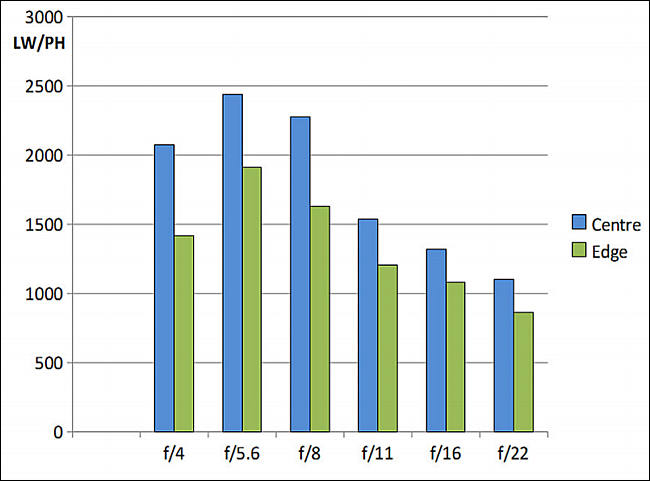
50mm
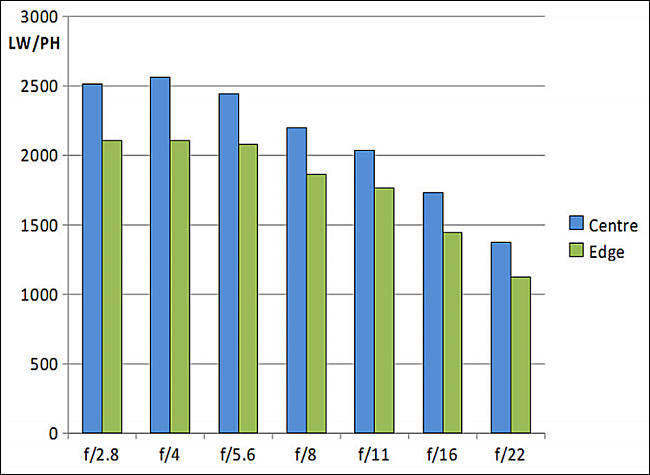
200mm

Nothing exceptional about this lens.

 sa2247.jpg785 x 591 - 107K
sa2247.jpg785 x 591 - 107K
 sa2245.jpg650 x 475 - 49K
sa2245.jpg650 x 475 - 49K
 sa2246.jpg650 x 481 - 43K
sa2246.jpg650 x 481 - 43K -

 sa2314.jpg800 x 595 - 63K
sa2314.jpg800 x 595 - 63K -

 sa2798.jpg800 x 425 - 70K
sa2798.jpg800 x 425 - 70K -

 sa2901.jpg800 x 541 - 39K
sa2901.jpg800 x 541 - 39K -

 sa2992.jpg800 x 593 - 27K
sa2992.jpg800 x 593 - 27K -

 sa2993.jpg800 x 600 - 116K
sa2993.jpg800 x 600 - 116K -
Review

50mm Sharpness
Sharpness is excellent at the center of the frame between f/2.8 (the widest aperture at this point), and f/5.6. It’s ever so slightly softer at f/8, and softer again at f/11. At f/16 and f/22, it’s noticeably softer in the center when examining at 100%, but maintains a good impression of sharpness when viewing at normal printing and web sizes. At the edge of the image, the best sharpness can be seen between f/5.6 and f/11.
200mm Sharpness
At the center when shooting at 200mm, sharpness is very good at f/4.0 (the widest aperture available), rising to excellent at f/5.6 and f/8 before becoming slightly softer again at f/11 and softer again at f/16. The softest result is seen at f/22, but still maintains a good impression of detail when looking at the image at normal printing sizes. At the edges, sharpness is best between f/5.6 and f/16.

 sa2995.jpg800 x 546 - 48K
sa2995.jpg800 x 546 - 48K -

 sa3344.jpg800 x 589 - 28K
sa3344.jpg800 x 589 - 28K -

 sa3504.jpg800 x 596 - 91K
sa3504.jpg800 x 596 - 91K -
Orders started shipping.
-
Review
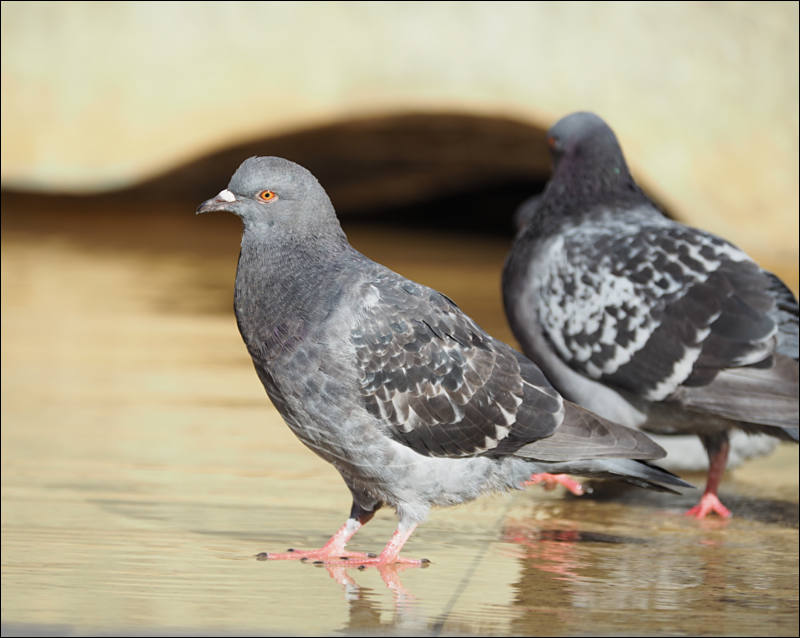
Frame center
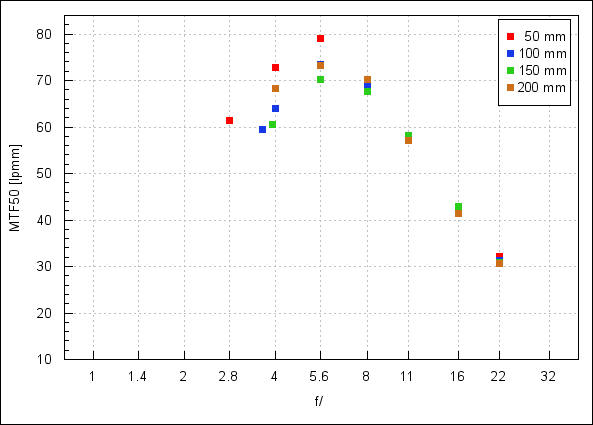
Corners
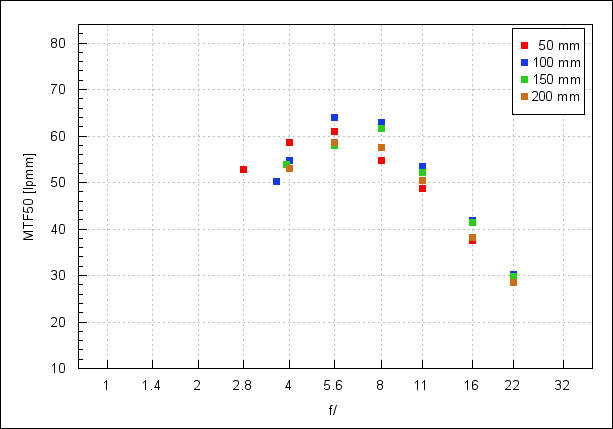

 sa3696.jpg593 x 425 - 32K
sa3696.jpg593 x 425 - 32K
 sa3697.jpg613 x 429 - 35K
sa3697.jpg613 x 429 - 35K
 sa3698.jpg800 x 638 - 62K
sa3698.jpg800 x 638 - 62K
Howdy, Stranger!
It looks like you're new here. If you want to get involved, click one of these buttons!
Categories
- Topics List23,992
- Blog5,725
- General and News1,354
- Hacks and Patches1,153
- ↳ Top Settings33
- ↳ Beginners256
- ↳ Archives402
- ↳ Hacks News and Development56
- Cameras2,367
- ↳ Panasonic995
- ↳ Canon118
- ↳ Sony156
- ↳ Nikon96
- ↳ Pentax and Samsung70
- ↳ Olympus and Fujifilm101
- ↳ Compacts and Camcorders300
- ↳ Smartphones for video97
- ↳ Pro Video Cameras191
- ↳ BlackMagic and other raw cameras116
- Skill1,960
- ↳ Business and distribution66
- ↳ Preparation, scripts and legal38
- ↳ Art149
- ↳ Import, Convert, Exporting291
- ↳ Editors191
- ↳ Effects and stunts115
- ↳ Color grading197
- ↳ Sound and Music280
- ↳ Lighting96
- ↳ Software and storage tips266
- Gear5,420
- ↳ Filters, Adapters, Matte boxes344
- ↳ Lenses1,582
- ↳ Follow focus and gears93
- ↳ Sound499
- ↳ Lighting gear314
- ↳ Camera movement230
- ↳ Gimbals and copters302
- ↳ Rigs and related stuff273
- ↳ Power solutions83
- ↳ Monitors and viewfinders340
- ↳ Tripods and fluid heads139
- ↳ Storage286
- ↳ Computers and studio gear560
- ↳ VR and 3D248
- Showcase1,859
- Marketplace2,834
- Offtopic1,320


